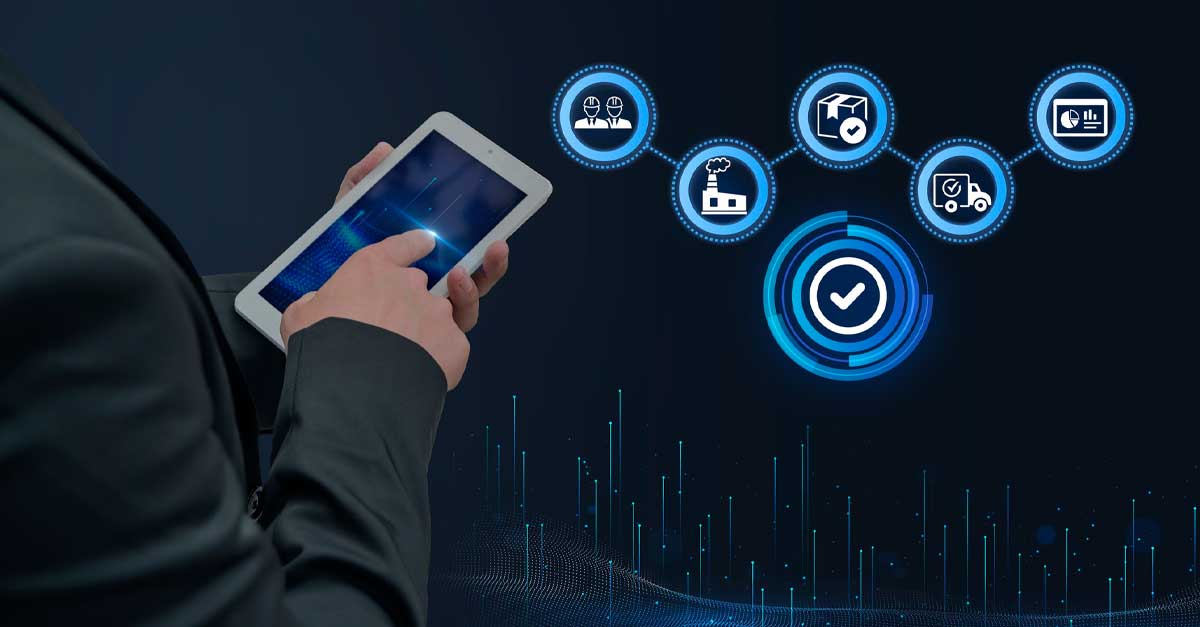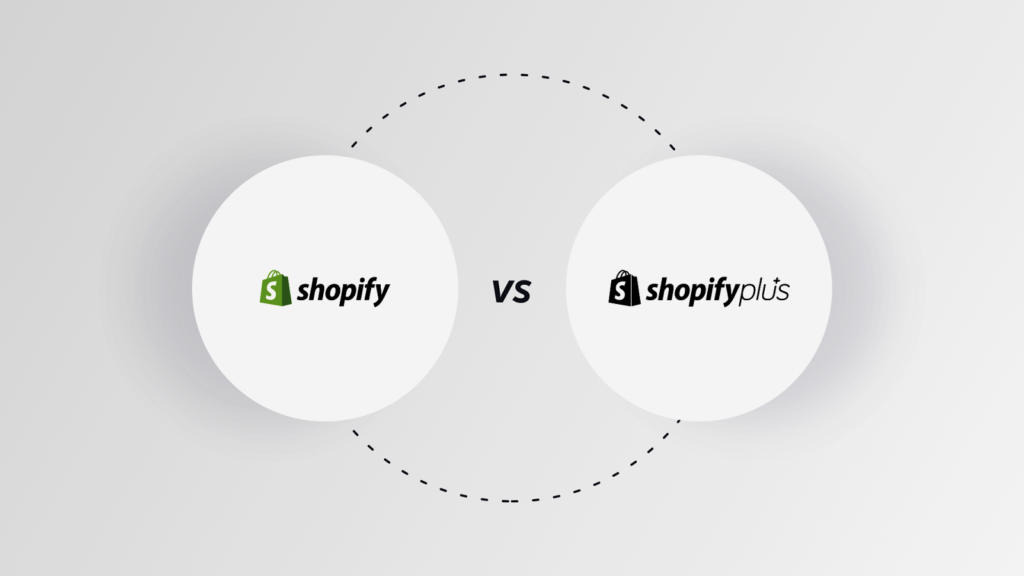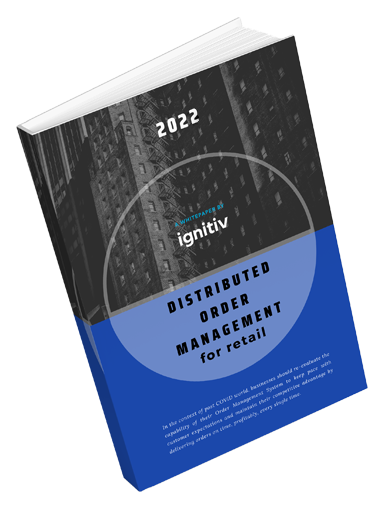How Headless Commerce and Omnichannel Are Coming Together To Shape the Future of eCommerce?
Omnichannel interactions have become increasingly important for businesses as consumers expect a seamless experience across all touchpoints, including in-store, online, and mobile. In fact, according to a survey, organizations with strong omnichannel strategies manage to retain an average of 89% of their customers, compared to just 33% for companies with weak omnichannel strategies.
However, traditional commerce platforms can struggle to provide the necessary flexibility and agility to support omnichannel interactions. This is where headless commerce comes into play. By decoupling the front-end presentation layer from the back-end commerce functionality, headless commerce enables businesses to create seamless and personalized experiences across all channels. Headless commerce also allows for faster time-to-market and easier integration with third-party tools and technologies.
Overall, headless commerce provides businesses with the flexibility and agility needed to create seamless omnichannel experiences that meet the evolving needs of their customers. As the importance of omnichannel interactions continues to grow, the adoption of headless commerce is likely to become even more widespread.
The Flexibility that Comes with Headless – An Omnichannel Driver
Facilitating a seamless omnichannel experience can be challenging for businesses, as it requires the ability to provide consistent and personalized experiences across multiple touchpoints, including in-store, online, and mobile.
However, headless commerce wards off this challenge through front-end and back-end decoupling — an architecture that opens several avenues to create consistent and personalized experiences across all channels. With a headless commerce architecture, businesses can leverage APIs and microservices to connect with third-party tools and technologies and provide a seamless and personalized experience for their customers.
The decoupled architecture of headless commerce also streamlines the back-end processes, such as ERP (Enterprise Resource Planning), PIM (Product Information Management), and CMS (Content Management System). This allows businesses to manage their commerce operations more efficiently and provide a more personalized customer experience.
For front-end capabilities, headless commerce allows for high customizability, as businesses can use APIs and microservices to build their front-end presentation layer or leverage pre-built solutions to create a unique and personalized experience for their customers. This enables businesses to nurture customer loyalty and drive revenue.
Headless commerce also offers excellent resilience, as businesses can easily switch out or add new services as needed without having to change the entire architecture. This means that companies can adapt quickly to changing market conditions and customer needs and stay ahead of the competition.
Benefits of Headless Commerce for Omnichannel eCommerce Initiatives
Headless commerce offers several benefits for businesses that are pursuing omnichannel eCommerce initiatives:
Personalized User Experiences
With headless commerce, businesses can create highly personalized and engaging user experiences across all channels. For one, they can build custom interfaces that are tailored to the unique needs of each channel, whether it’s desktop, mobile, or in-store. This allows them to provide personalized experiences that drive engagement, increase loyalty, and boost sales.
Faster Time to Market Across Channels
Headless commerce helps reduce the time it takes to launch new products and services across multiple channels. By using APIs and microservices to connect with third-party tools and technologies, businesses can quickly and easily integrate new features and functionality into their existing systems without having to build everything from scratch. This can help them to get their products and services to market faster and stay ahead of the competition.
Omnichannel Dynamic Scaling
Headless commerce enables businesses to scale their operations dynamically across all channels without having to worry about the limitations of a monolithic architecture. With the ability to add or remove services as needed, they can quickly and easily adapt to changing market conditions and customer needs.
Reduced IT Costs
With a more flexible and scalable architecture, businesses can avoid costly and time-consuming IT projects and focus on delivering value to their customers. Additionally, headless commerce can help to reduce the risk of downtime and other IT-related issues, as businesses can easily switch out or add new services as needed.
What Does the Future Hold for Headless and Omnichannel?
As eCommerce continues to evolve, the future of headless and omnichannel commerce is likely to bring several new developments and trends. Here are two potential future trends to keep an eye on:
“Unified” Headless Platform
As more businesses adopt headless commerce, there is a growing need for a “unified” platform that can serve as the foundation for all their omnichannel initiatives. A unified headless platform would bring together all the necessary tools and technologies for managing and scaling omnichannel commerce, from content management and product information management to order management and fulfilment.
By providing a single platform for all these functions, businesses can achieve greater efficiency, agility, and flexibility in their eCommerce operations.
The Emergence of New Channels
Going forward, there are likely to be new channels that emerge in the future, such as m-commerce and voice commerce. M-commerce, or mobile commerce, is already a growing trend, with more consumers using their mobile devices to shop online. Voice commerce, or the use of voice-activated assistants like Amazon’s Alexa or Google Assistant to make purchases, is also gaining traction.
As these new channels become more prevalent, businesses will need to find ways to integrate them into their existing omnichannel strategies, and headless commerce could provide the flexibility and agility needed to do so.
Interested in learning more about headless commerce? Explore more related insights here.
Looking to go headless for your eCommerce initiatives? Talk to our experts today for guidance.








